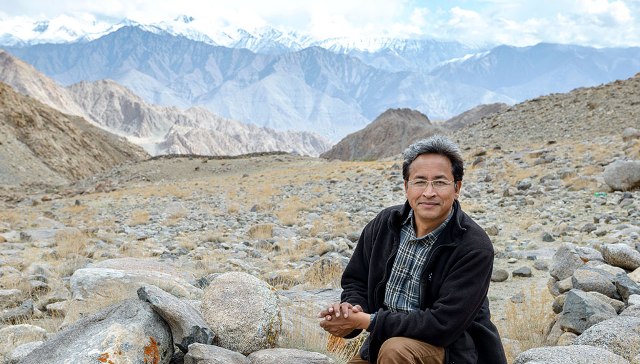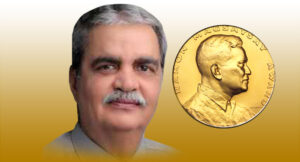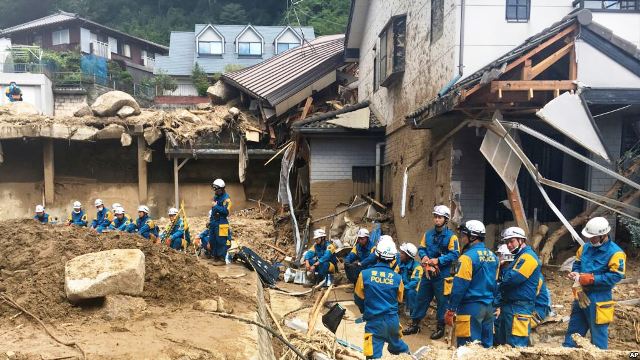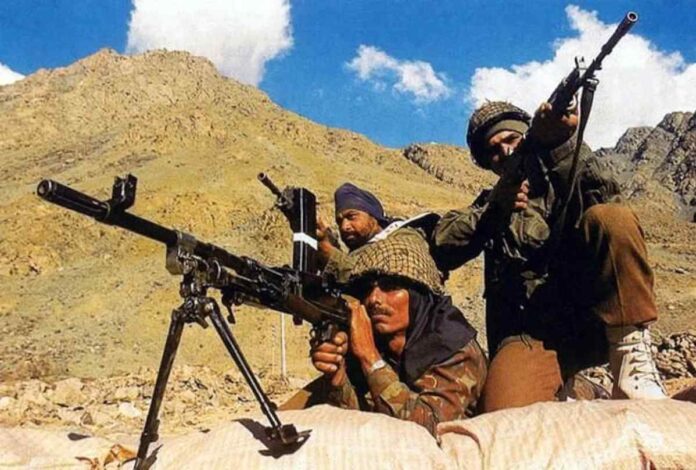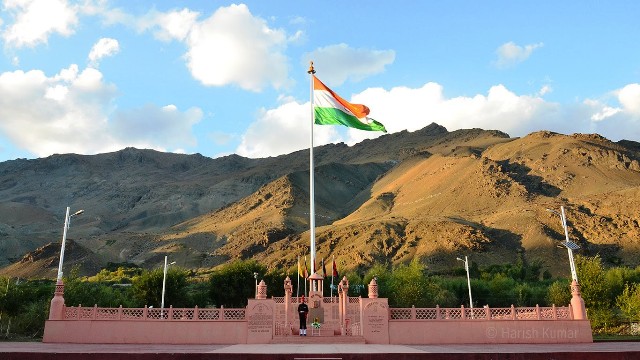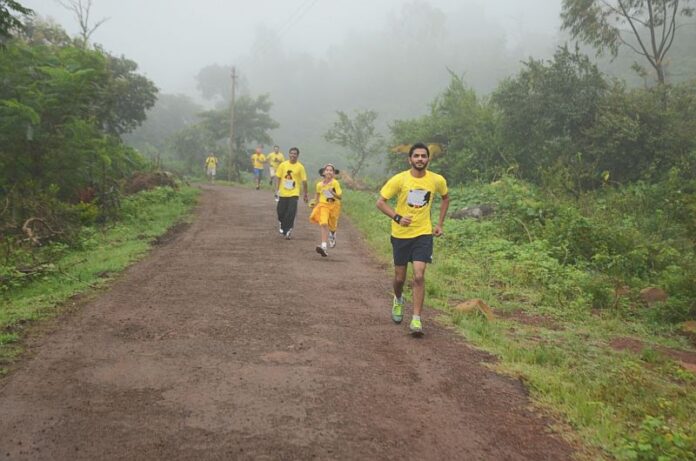Dr. A. P. J. Abdul Kalam Azad has said, “If a country is to be corruption free and become a nation of beautiful minds, I strongly feel there are three key societal members who can make a difference. They are the father, the mother and the teacher.”
Teachers have always received a lot of respect in India’s culture. There have always been stories and folktales about the importance of gurus. Be it Dhronacharya, Chanakya, Vishvamitra or Adi Shankracharya, all of them have played a significant role in history and have had very dedicated disciples. In order to honour the teachers, Guru Purnima is celebrated in India and Nepal.
India is going through crisis in terms of number of teachers in the government schools, when 60% of children in India rely on education from these public schools. In fact, there are several schools in rural India that are functioning on just one teacher. According to the data provided by the Union Minister for Human Resource Development to the Lok Sabha in December 2016, 17.51% posts for government teachers at Elementary level was vacant and 14.78% posts for government teachers for Secondary level were vacant in India.
Teaching as a profession is generally considered as the last option for majority of people in India. Hence, most of the teachers in the profession today, are not highly motivated.
Teaching is not a preferred vocation because it lacks a scope of progress, and the pay is not very satisfactory either. Teachers in India do not get pay raises or promotion for years. And their salaries are way below the OECD standard average.
Indian teachers and students have come a long way from the time when a student was willing to cut his own thumb to placate his teacher, and a teacher was willing to give up his life to save his student. In today’s time, the teachers are far from acting as spiritual guides to students. They are more focused on training their students to score more marks in exams so they can get more students again.
However, away from this business of education there are several teachers who are true to their profession and are passionate about it. They are appreciated well by their students too. In order to honour them, let us take a moment today, to remember them, get in touch with them and thank them for the role they played in our lives. It is only when we respect and appreciate those in the profession, monetarily and mentally, will we be able to raise better teachers for the upcoming generation.
Thank you for reading the story until the very end. We appreciate the time you have given us. In addition, your thoughts and inputs will genuinely make a difference to us. Please do drop in a line and help us do better.
Regards,
The CSR Journal Team



